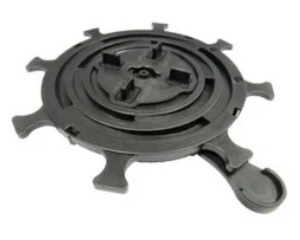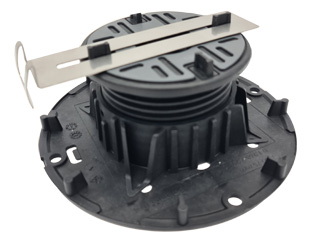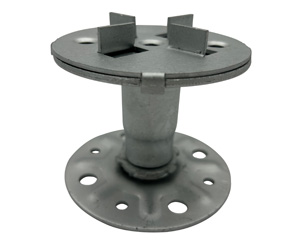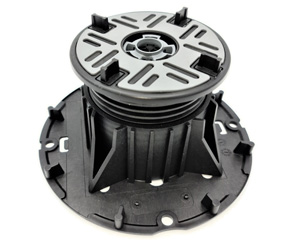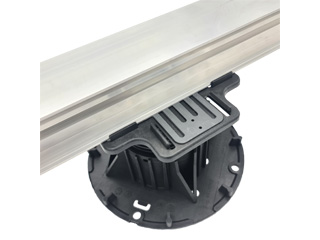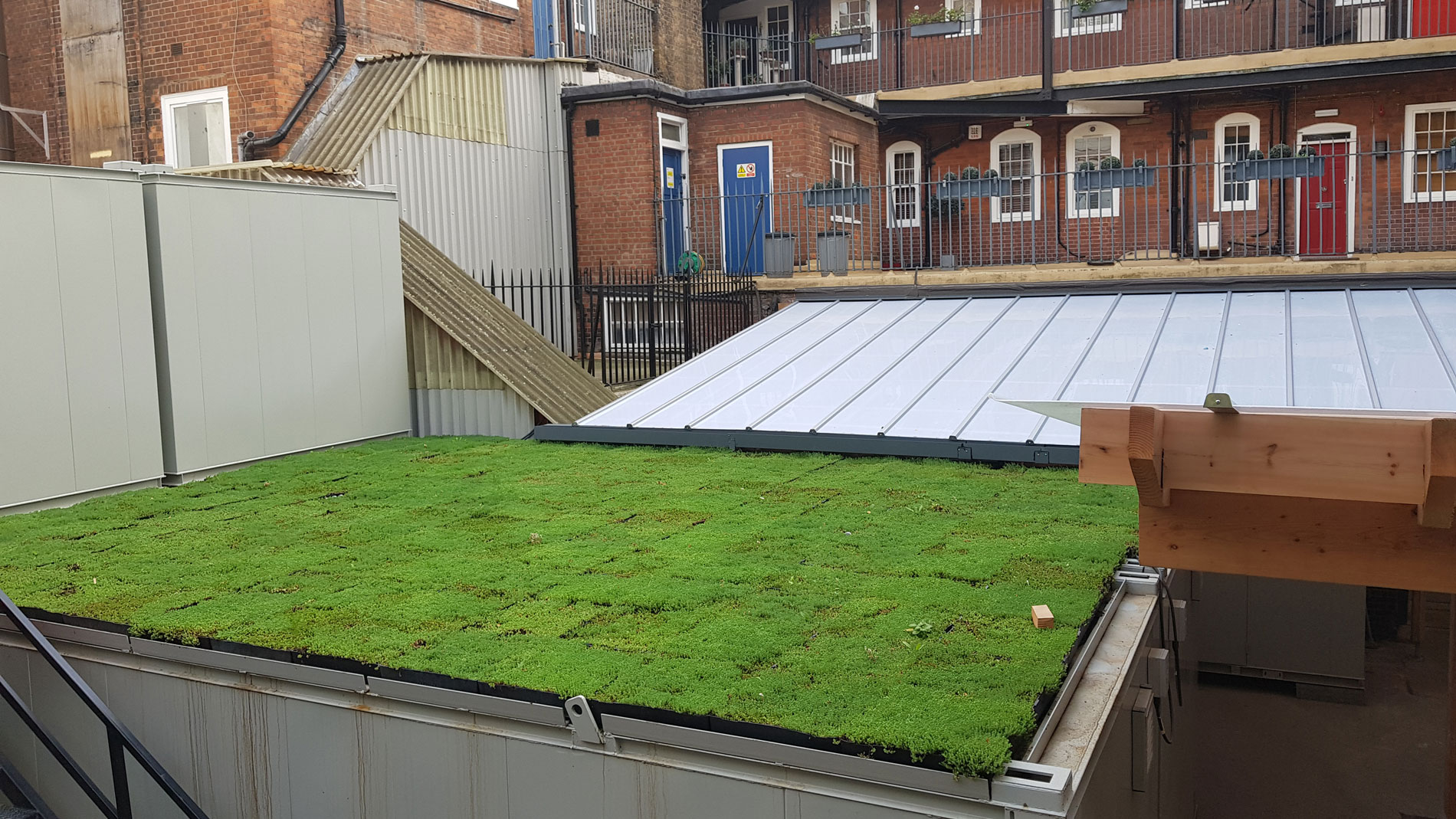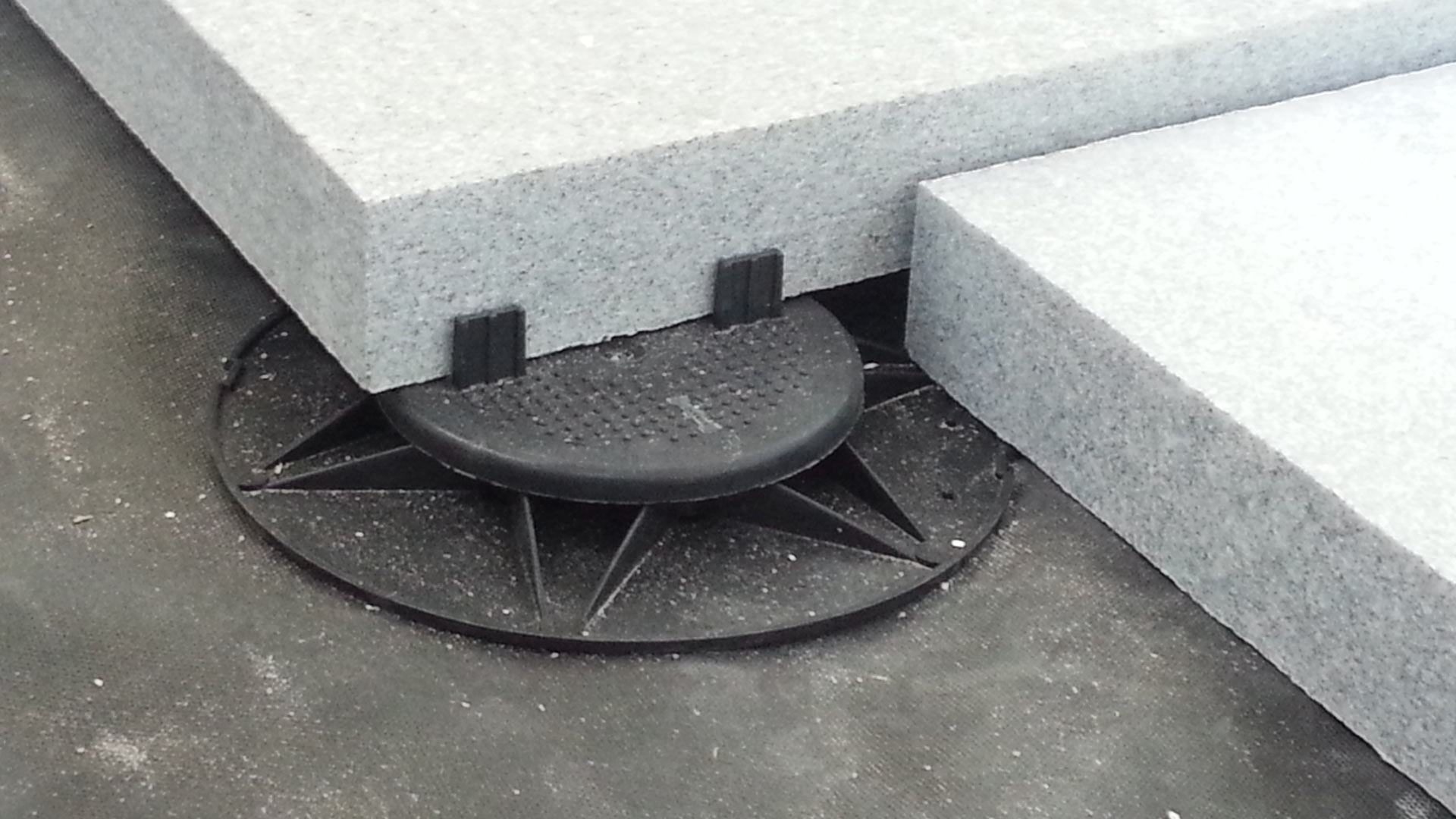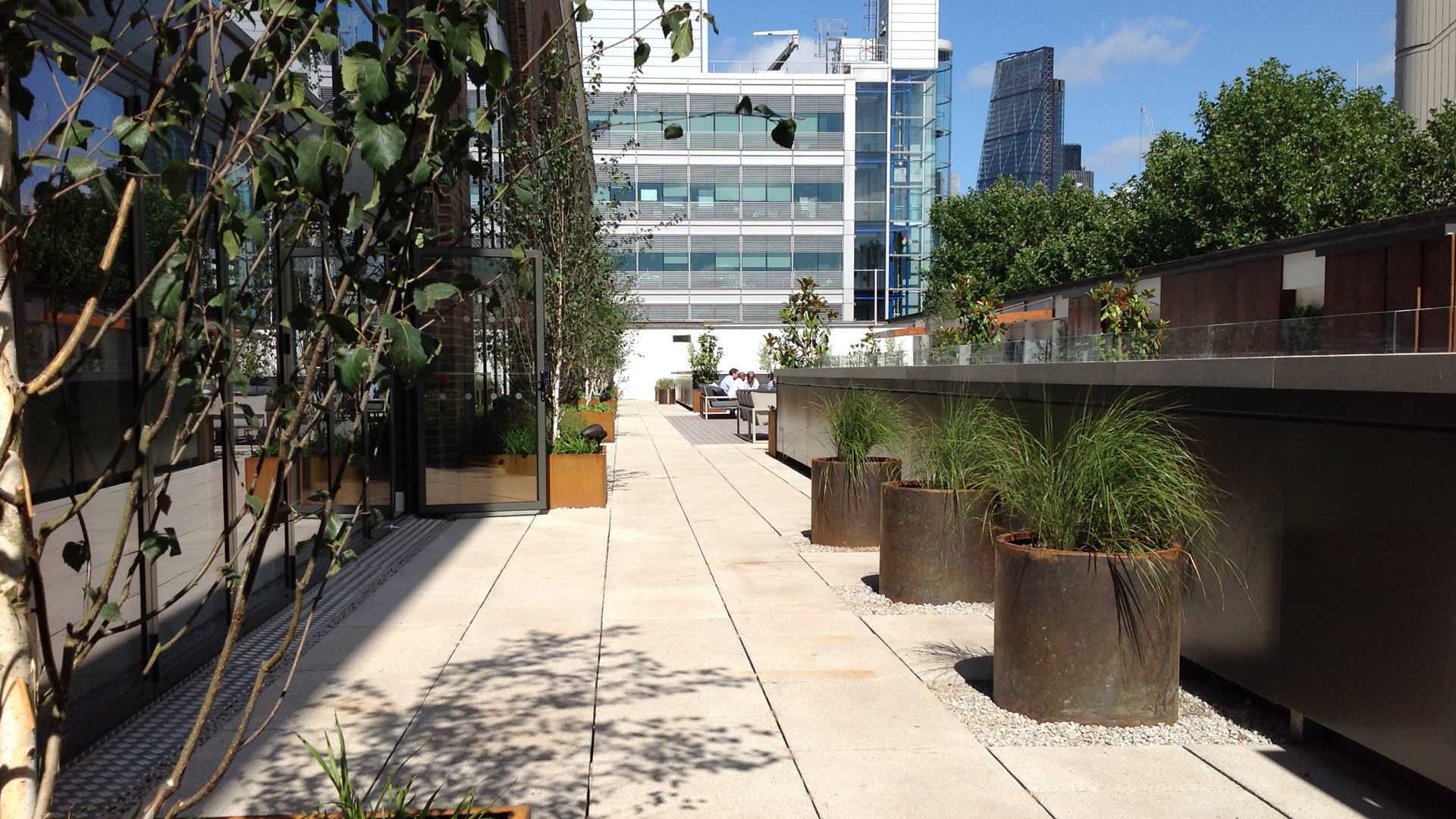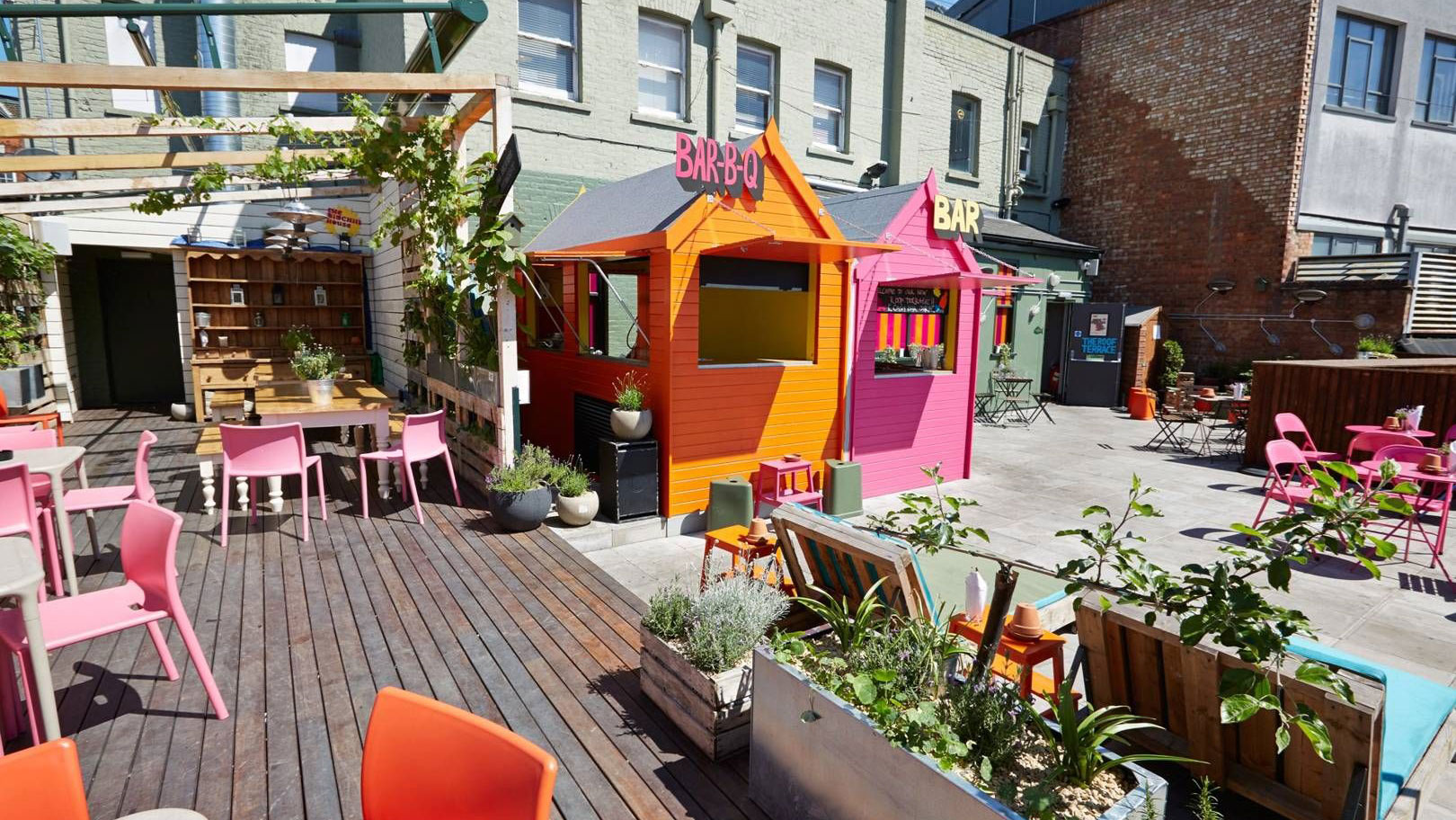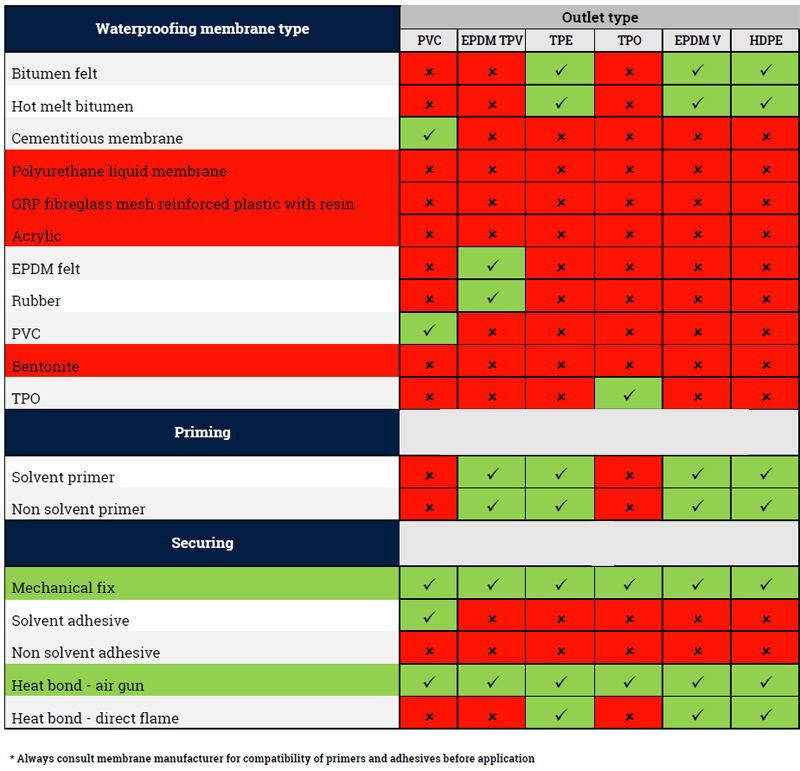In the heart of an industrious city on the windswept coast of north-west Tasmania, a new ecosystem is coming to life.
Key points:
- Tasmania’s new university campus features a “green roof” with more than 10,000 plants
- The roof’s designers hope it will attract native birds
- Creating the green roof has presented significant engineering challenges
This natural refuge is perched upon the roof of the University of Tasmania’s new campus in Burnie.
It was created with more than 10,000 plants, shrubs and grasses from 26 local species.
And according to the specialist green infrastructure company that created it, the roof will become a magnet for native wildlife.
“I don’t think you would be surprised if you find mutton birds actually burying in there,” Fytogreen managing director Geoff Heard said.
Fytogreen has developed urban ecosystems across Australia, from the rooftops of the Museum of Old and New Art (MONA) in Hobart to the skyscrapers of Sydney.
Green roofs and vertical gardens can provide an array of architectural advantages, including cooler interiors, improved storm water management, noise reduction, aesthetic appeal and biodiversity.
But they also create engineering, operational and financial challenges.
‘Striking visual places’
Hobart architect Robert Morris-Nunn said the challenges associated with these types of green features meant they were “a nice idea that often doesn’t get translated into reality”.
But he believed there was an increasing awareness of “the ecology of buildings” and green features received a positive reception when fully realised.
Mr Morris-Nunn has seen this occur at a number of his projects, including a Hobart medical centre with an interior garden.
“The doctors actually really want to work in those environments and the patients [like it] too because it’s not an antiseptic box,” he said.
For the University of Tasmania, a green roof helps moderate temperatures and improve sustainability.
But it also projects the image of a university that is future-focused, environmentally-conscious and an enticing place to be.
“It’s one of the real priorities of the university to make sure that whatever building we do, has the absolutely highest environmental standard,” Cradle Coast pro vice-chancellor Jim Cavaye said.
